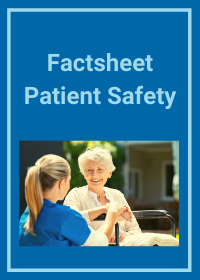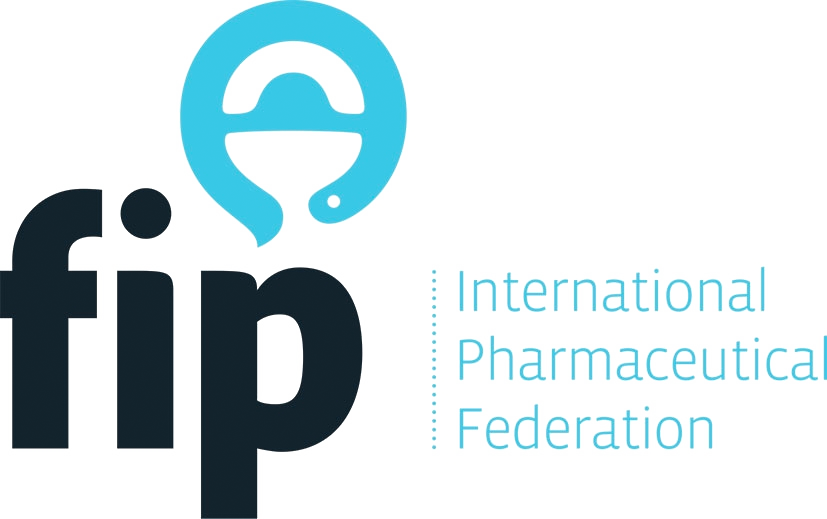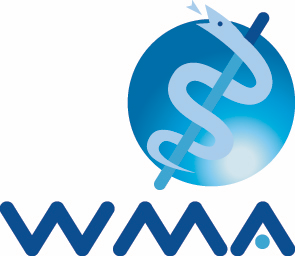Factsheet - Patient Safety

Background
Health care interventions are intended to benefit the public, but due to the complex combination of processes, technologies and human interactions there is an inevitable risk that adverse events will happen. Much evidence has been built on risks in hospitals, however information about adverse events occurring in healthcare settings such as physicians’ offices, nursing homes, pharmacies and patients’ homes are not very well documented. Identifying and reducing the occurrence of these errors and improving the safety and quality of health care has therefore been brought forward as a priority issue for health services around the world.
An adverse event can be defined as harm or injury caused by the management of a patient’s disease or condition by health care professionals rather than by the underlying disease or condition itself. Although human errors may sometimes precipitate serious failures, there are usually deeper, systemic factors, which if addressed earlier would have prevented the errors. Hence, the enhancement of patient safety involves a wide range of actions in the recruitment, training and retention of health care professionals, performance improvement, environmental safety and risk management, including infection control, safe use of medicines, equipment safety, safe clinical practice and safe environment of care.
There is a growing evidence that inadequate institutional staffing levels are correlated with increase in adverse events such as patient falls, bed sores, medication errors, nosocomial infections and readmission rates that can lead to longer hospital stays and increased hospital mortality rates. In short, inadequate human resources present a serious threat to the safety and quality of health care.
Some facts and figures about patient safety
- The 1995 Quality in Australian Health Care Study (QAHCS) found an adverse-event rate of 16.6% among hospital patients.
- The Hospitals for Europe’s Working Party on Quality Care in Hospitals estimated in 2000 that every tenth patient in hospitals in Europe suffers from preventable harm and adverse effects related to his or her care.
- 75% of the adverse drug events in a Utah-Colorado Study in the United States were attributable to system failures. Most adverse events were not the result of negligence or lack of training, but rather occurred because of latent causes within systems.
- In NHS Hospitals adverse events in which harm is caused to patients occur at a rate in excess of 850,000 a year.
- According to a survey conducted by the Robert Wood Johnson Foundation, 95% of doctors and 89% of nurses in the United States have witnessed a serious medical error.
- Poor quality healthcare is responsible for more than 30% of avoidable deaths in Italy.
The situation in developing countries
In developing countries the probability of adverse events is much higher than in industrialized nations due in part to the poor state of infrastructure and equipment, unreliable supply and quality of medicines, shortcomings in waste management and infection control, low number and poor performance of personnel because of low motivation or insufficient technical skills, and severe under financing of essential operating costs of health services.
- At least 50% of all medical equipment in most developing countries is unusable, or only partly usable, at any given time.
- In the Newly Independent States, about 40% of hospital beds are located in structures originally built for other purposes. As a result the correct infrastructure for radiation protection and infection control is very difficult to install.
- Approximately 77% of all reported cases of substandard and counterfeit drugs occur in developing countries.
Financial impact
Adverse health care events carry a high financial cost. About half of the expenditures for preventable errors are for direct health care costs.
- The total national cost of preventable adverse health care events in the United States, including lost income, disability and medical expenses, is estimated at between US$17 000 million and US$ 29 000 million annually.
- In the UK the NHS estimates that adverse events cost £2 billion a year in additional hospital stays alone.
Recommendations for action
1. Patients and the community
- Inform healthcare professionals of all your medicines taken and medical conditions.
- Ask questions to clarify information and increase understanding about health conditions, medicines and healthcare provision.
- Make sure to get the results of any test or procedure.
- Report errors or adverse events to the proper authorities.
2. Health Professionals
- Take an active role in assessing the safety and quality of care in practice.
- Improve communication with patients and other healthcare professionals.
- Inform patients of potential risks.
- Work to improve practice-related systems.
- Report adverse events to the appropriate authorities.
- Strengthen collaboration aspects of drug treatment plans.
3. Hospitals, clinics, general practice, drug distribution and other facilities
- Maintaining adequate human resource levels.
- Focus on improving the systems of delivering care, not blaming individuals.
- Establish rigorous infection control programmes.
- Standardise treatment policies and protocols to avoid confusion and reliance on memory, which is known to be fallible and responsible for many errors.
- Avoid similar-sounding and look-alike names and packages of medication.
4. Governments
- Establish national reporting systems to record, analyse and learn from adverse incidents.
- Promote a culture of reporting.
- Emphasise safety as a prime concern in health system performance and quality management.
- Implement mechanisms for ensuring that, where lessons are identified, the necessary changes are put into practice and progress is tracked.
- Develop evidence-based policies that will improve health care.
- Develop mechanisms, for example through accreditation and other means, to recognize the characteristics of health care providers that offer a benchmark for excellence in patient safety.
References
- Quality of care: patient safety ,World Health Organization Executive Board EB109/9, 5 December 2001 http://www.who.int/gb/EB_WHA/PDF/EB109/eeb1099.pdf (accessed 22 April 2002)
- Italy: Better Healthcare could cut deaths, Reuters Healthcare, January 18, 2002 citing study of The 2001 Prometeo Atlas of Italian Healthcare.
- Health Care Professionals: backbone of quality and safety of care, Statement of the WHPA At the WHO Executive Board, 16 January 2001
- An Organisation with a Memory, Report of the UK Department of Health, 2000 http://www.doh.gov.uk/orgmemreport/index.htm (accessed 22 April 2002)
- Building a Safer NHS for Patients, Report of the UK Department of Health, April 2001 http://www.doh.gov.uk/buildsafenhs (accessed 22 April 2002)
- Pursuing Perfection, Research conducted for the Robert Wood Johnson Foundation, March/April 2001. http://www.rwjf.org/news/releaseDetail.jsp?id=1017609851350&contentGroup=rwjfreleases (accessed 22 April 2002)
- To Err is Human: Building a Safer Health System, Institute of Medicine. November 1999.
©2019 World Health Professions Alliance




